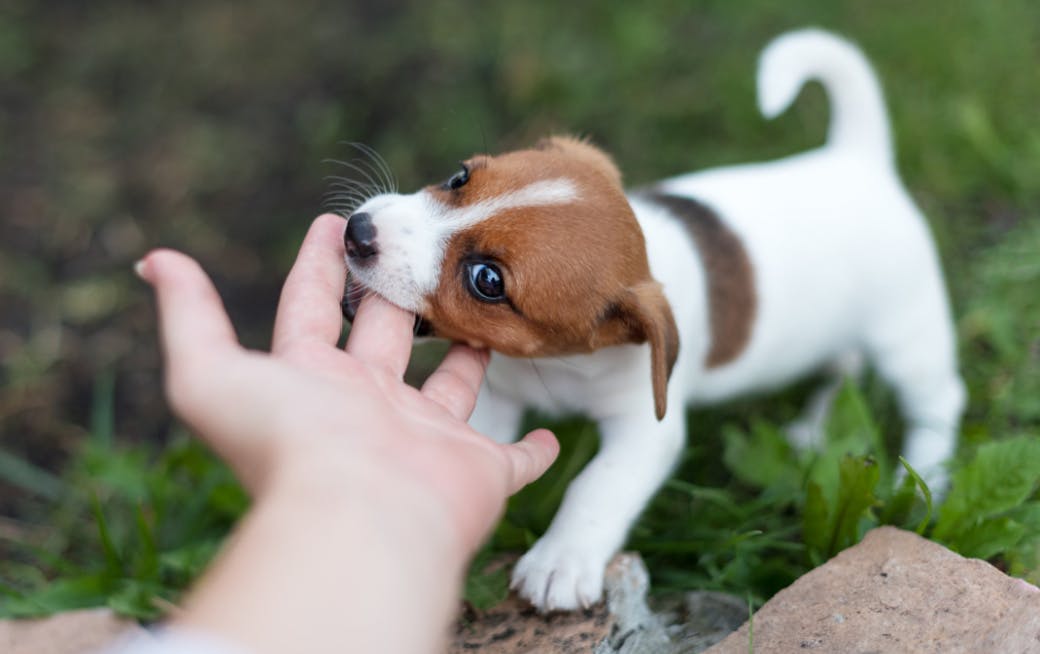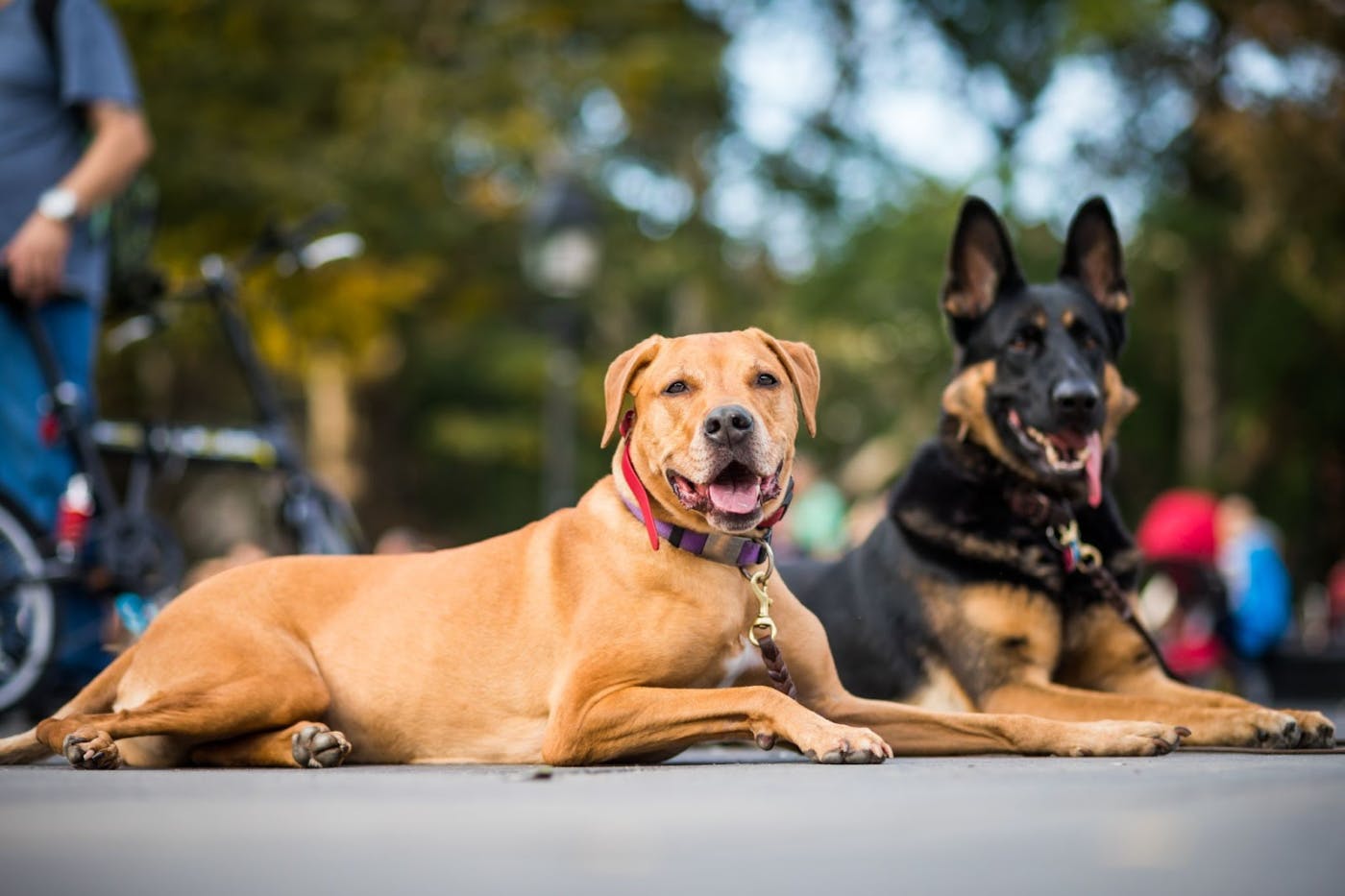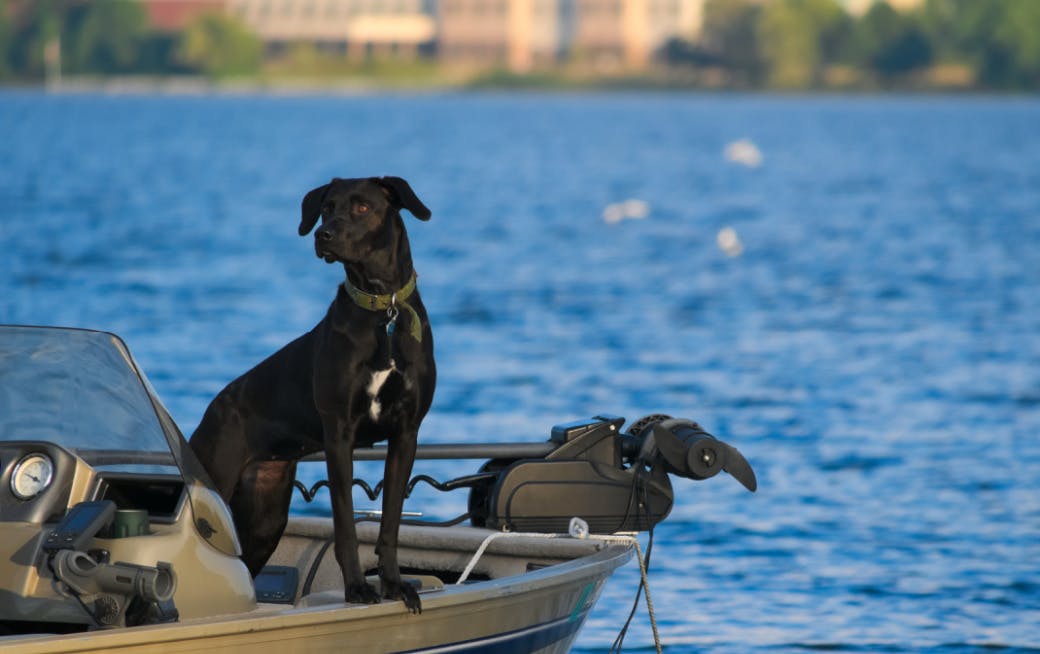Safety Tips for Dog Bite Prevention from First Class Dog Training
Utility workers are among the most common victims of dog bites (after children and the elderly) because they so often interact with strange dogs. It is important to be aware of how to best avoid dog bites when on the job, so as to avoid injury, fear, discomfort, and sticky legal situations. According to a video from First Class Dog Training, there are quite a few tips to keep in mind. While this video was geared toward utility workers, it provides helpful hints for anyone dealing with a strange dog.
Five Deadly Sins of Interacting with Unknown Dogs
1. Never run from a dog. If you do, you’ve just made yourself a moving target – an aggressive dog’s #1 instigator for attack.
2. Don’t turn your back on any dog. Maintain a visual on what a dog that is a stranger to you is doing at all times.
3. Don’t trust the owner. Many owners sing the same tune, “But (s)he’s never bitten anyone before! (S)he’s friendly!” However, owners often don’t know what their dog is doing or telling them with their body language. Additionally, owners can be ignorant to what triggers their dog’s territorialism and aggression.
4. Don’t assume dogs are friendly. Any dog you don’t know is a stranger to you. Always ask an owner before petting their dog.
5. Don’t stand face to face in a threat. It is always better back away slowly from a threatened dog than to stand still for too long and make yourself vulnerable.
Myths to Ignore
1. Don’t stare a dog in the eyes. Avoiding eye contact with a dog is a sign of weakness. Maintain eye contact with the aggressive dog as you back away slowly to signify that you are not afraid, but you are also not a threat.
2. A dog who is wagging their tail is safe to approach. Dogs wag their tails when they are happy, but that doesn’t mean a dog won’t be happy to bite you. The prospect of biting/attacking a human who is threatening them can make many dogs happy. As such, a wagging tail does not a nice dog make.
If a dog is moving toward you (without a rigid tail or pinned back ears), with an open and relaxed mouth, it means the dog is happy and friendly. If a dog is avoiding your eye contact, that means it is uncomfortable, which could lead to a dangerous situation. Yawning, licking of the lips, and not moving away from you as you approach means a dog feels threatened, but will stay put to potentially put up a fight if necessary. Read all dogs’ body language whenever interacting with them, but always take special precautions when interacting with dogs you don’t know.
Understanding behavioral cues and reacting in a non-threatening manner are key in avoiding dog bites. With these reactionary and preventative skills, you can effectively protect yourself against attacks.
Resources For Further Understanding:
-Dog Bite Prevention for Cyclists and Runners
-Dog Bite Prevention for Letter Carriers













